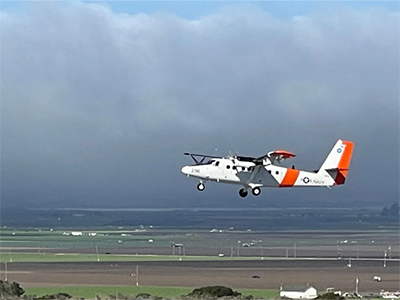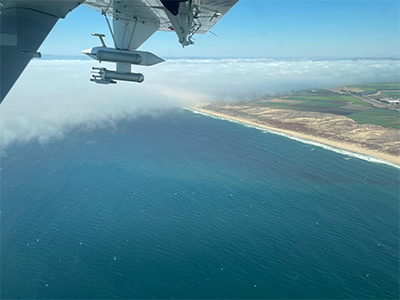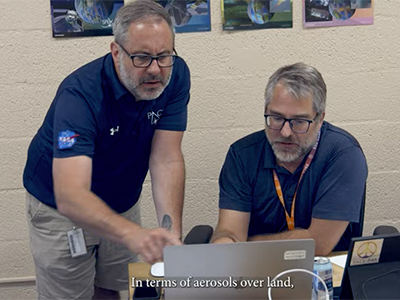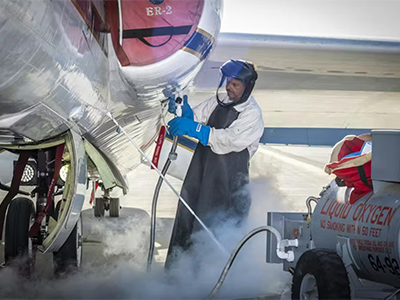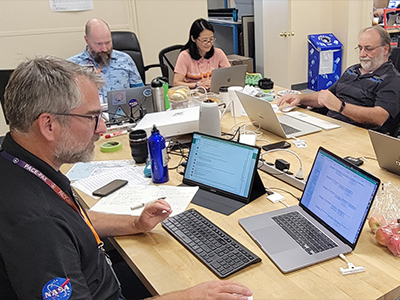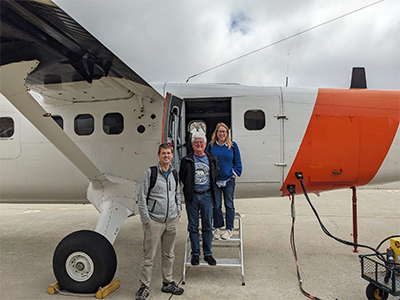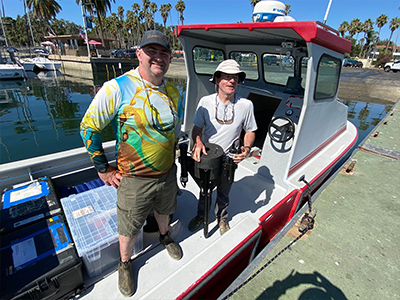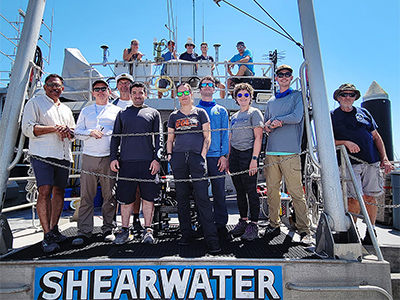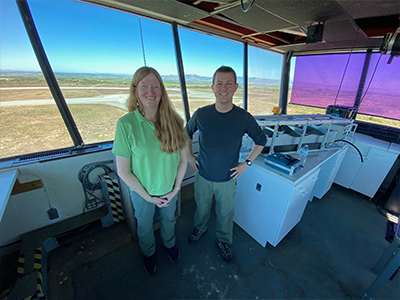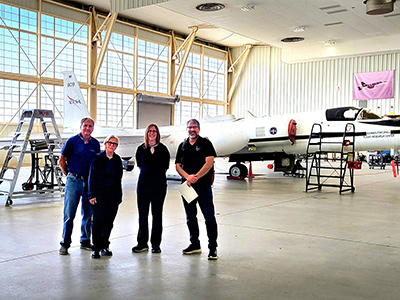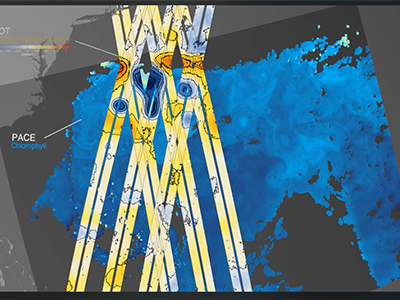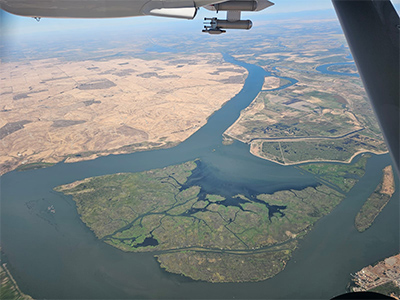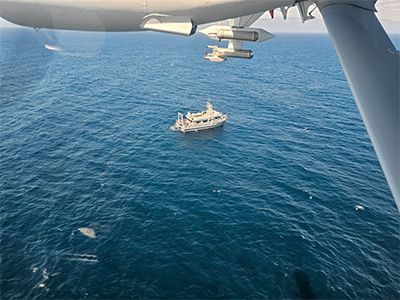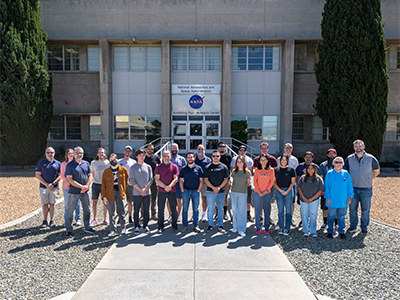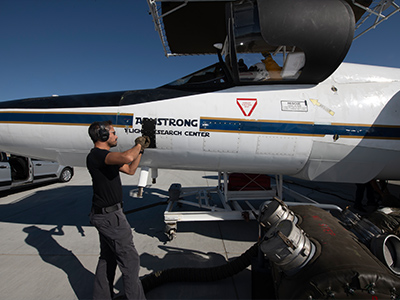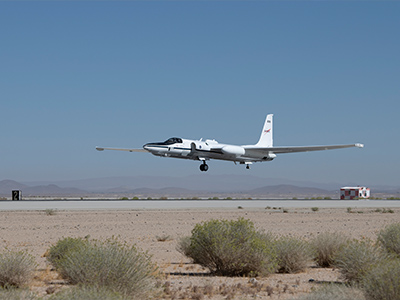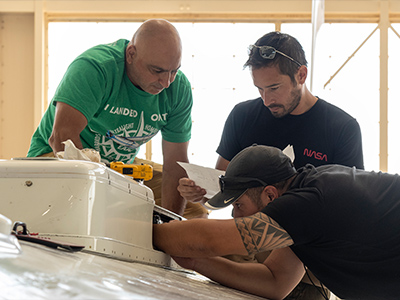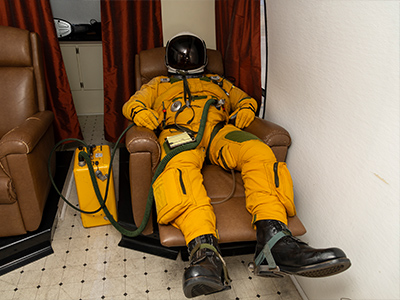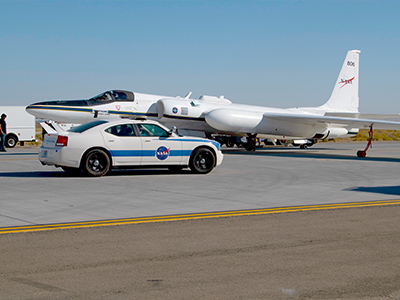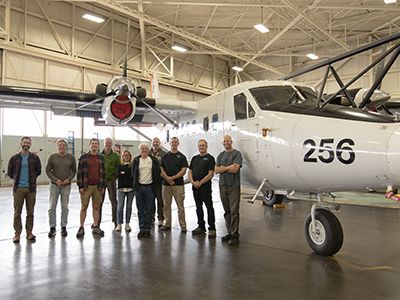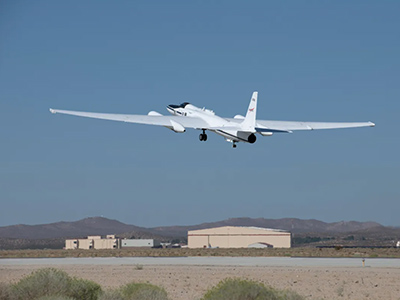 ER-2 - AFRC High-altitude Aircraft More >
ER-2 - AFRC High-altitude Aircraft More >
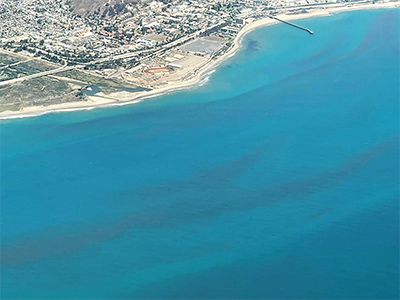 Suspected Red Tide off the California Coast More >
Suspected Red Tide off the California Coast More >
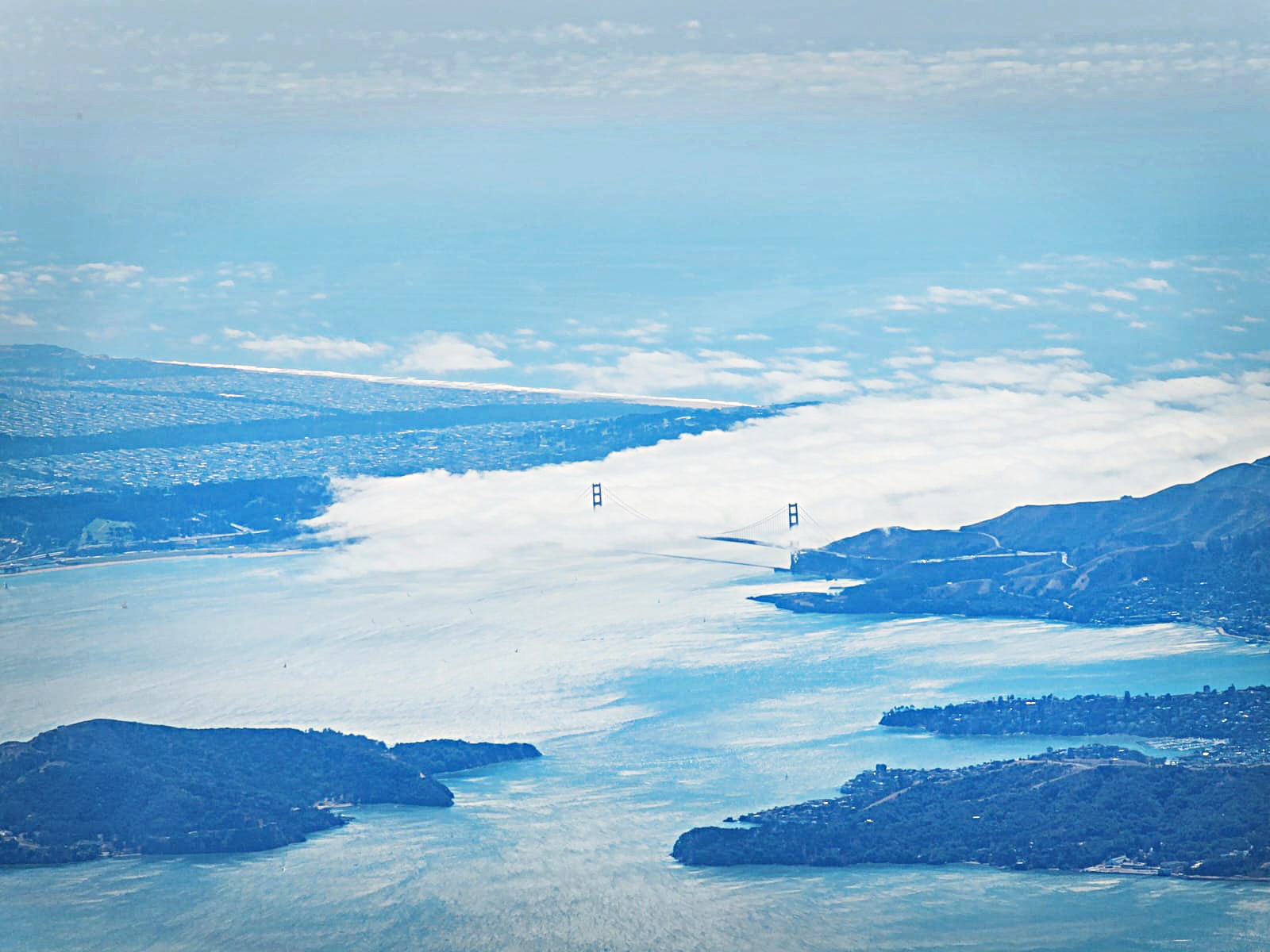 CIRPAS Twin Otter Assists in Data Collection Over the Bay Area More >
CIRPAS Twin Otter Assists in Data Collection Over the Bay Area More >
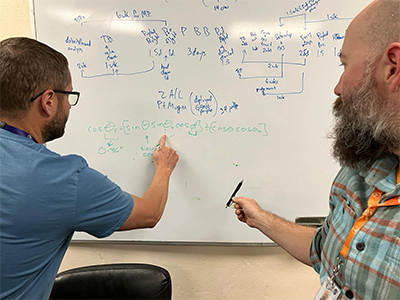 PICARD Instrument and Flight Planning Teams Collaborate More >
PICARD Instrument and Flight Planning Teams Collaborate More >
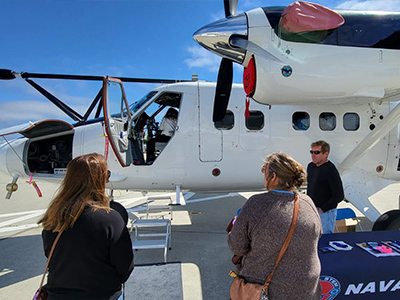 Aviation Outreach at Marina Airport More >
Aviation Outreach at Marina Airport More >
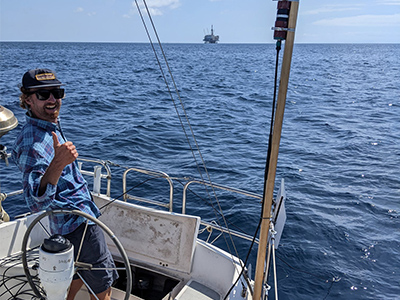 R/V Blissfully and HyperPro Profiling More >
R/V Blissfully and HyperPro Profiling More >
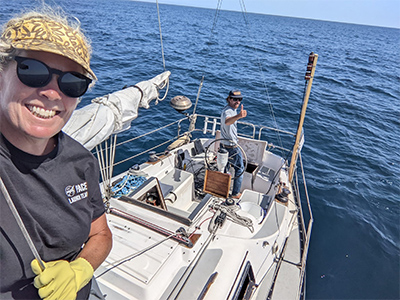 R/V Blissfully off the Coast of Southern California for PACE-PAX More >
R/V Blissfully off the Coast of Southern California for PACE-PAX More >
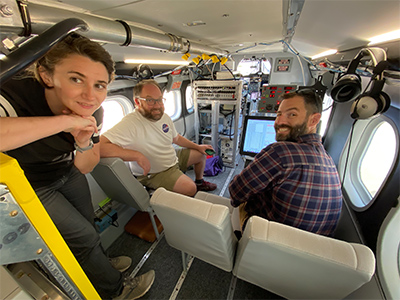 NOAA and NASA Scientists of PACE-PAX at Marina Airport More >
NOAA and NASA Scientists of PACE-PAX at Marina Airport More >
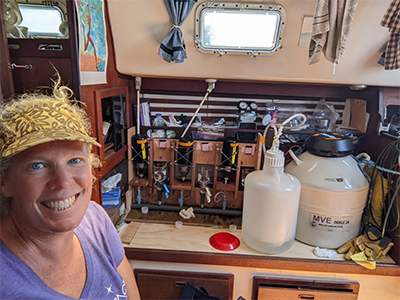 R/V Blissfully Laboratory More >
R/V Blissfully Laboratory More >
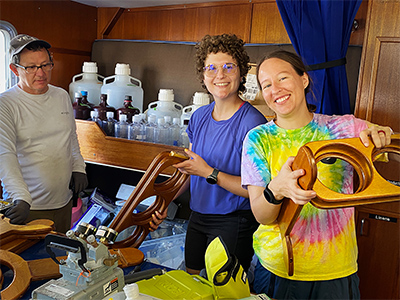 Ocean Collaborators Busy with Mobilization Aboard the R/V Shearwater More >
Ocean Collaborators Busy with Mobilization Aboard the R/V Shearwater More >
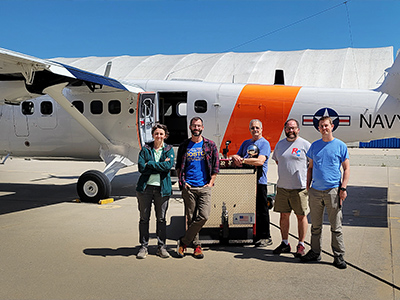 CIRPAS Twin Otter Integration at Marina Municipal Airport More >
CIRPAS Twin Otter Integration at Marina Municipal Airport More >
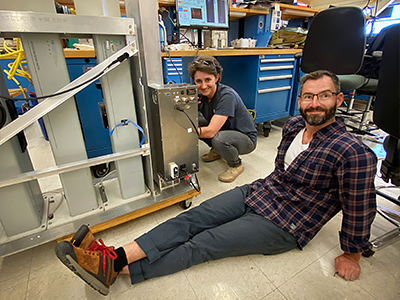 Laser Imaging Nephelometer (LiNeph) Readies for PACE-PAX More >
Laser Imaging Nephelometer (LiNeph) Readies for PACE-PAX More >
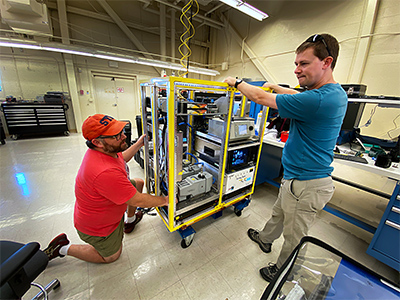 Langley Aerosol Research Group Experiment (LARGE) Prepares for Upload More >
Langley Aerosol Research Group Experiment (LARGE) Prepares for Upload More >
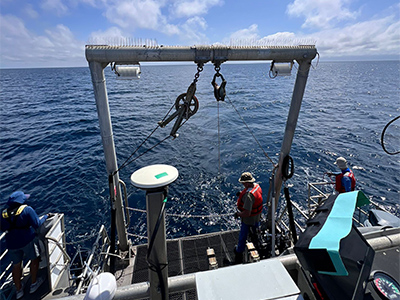 R/V Shearwater on Station #14 More >
R/V Shearwater on Station #14 More >
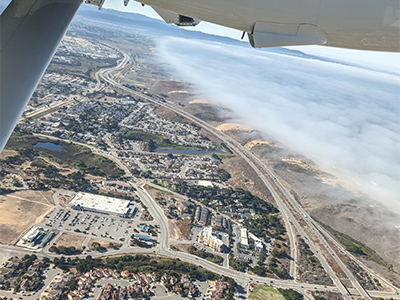 Clouds over Monterey Bay More >
Clouds over Monterey Bay More >
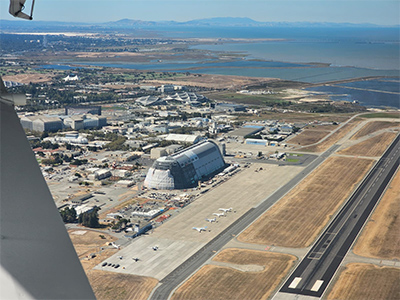 Hangar One at Ames Research Center More >
Hangar One at Ames Research Center More >
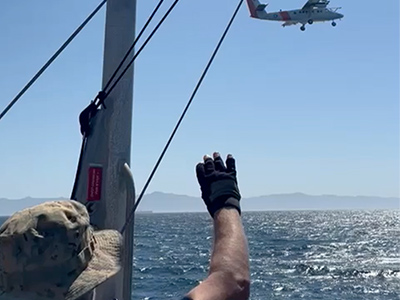 NOAA R/V Shearwater Fly By More >
NOAA R/V Shearwater Fly By More >
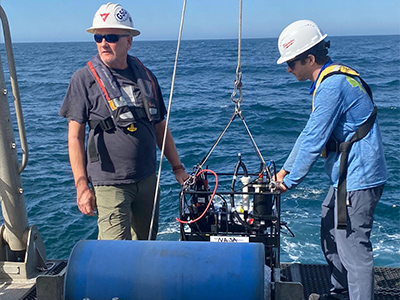 R/V Shearwater Instrument Deployment More >
R/V Shearwater Instrument Deployment More >
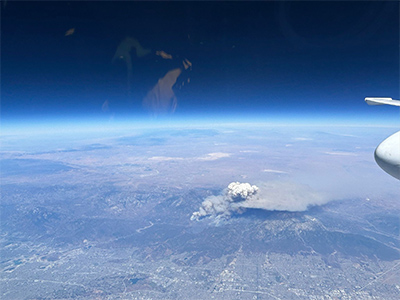 Fire in San Gabriel Mountains More >
Fire in San Gabriel Mountains More >
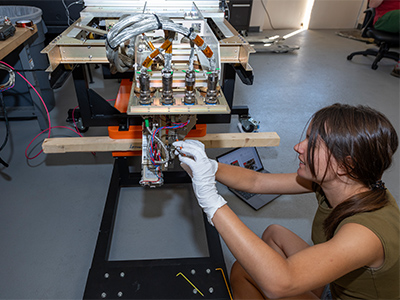 SPEX Airborne Instrument Adjustment More >
SPEX Airborne Instrument Adjustment More >
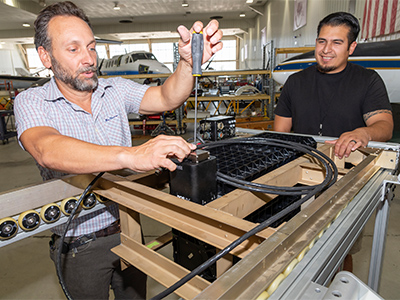 PICARD Imaging Spectrometer More >
PICARD Imaging Spectrometer More > 
